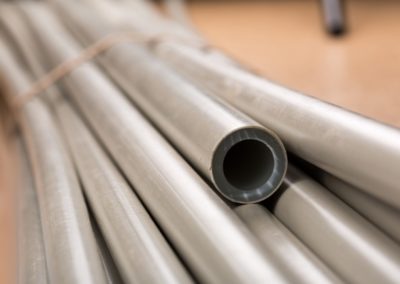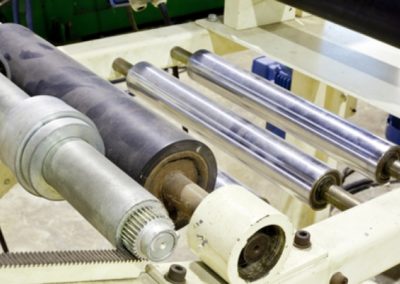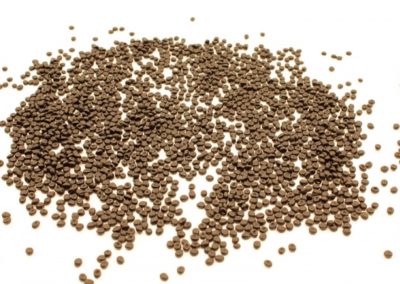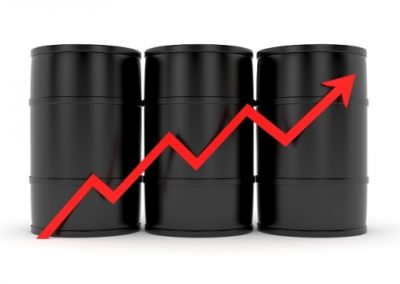Blog
UL Listings
UL 94 Listings UL 94 is the flammability standard which determines a material’s likelihood to either spread or put out a flame once the material has been lit on fire. The UL 94 testing can present a variety of determinations including hourly fire resistance ratings, surface burning characteristics, roof covering flammability ratings and flammability of contents within a structure. The testing is done on a small scale to evaluate the flammability of the plastic used in various parts under controlled ...

Structural Foam Molding – Working with Complicated Designs
For products which require a softer inner core and a hard outer surface, Structural foam molding guarantees tough and reliable wall sections. This type of molding process is generally used for medium to high volume production and produced on injection molding machines where a foaming agent is used to produce thick internal wall sections. Depending on the processing method and the application, there are wide varieties of Polycarbonate plastic available in the market. There are different blends of Polycarbonate PC ...

Thermoplastic Injection Molding – An Engineer’s Guide
High quality products manufactured with great accuracy, quickly and in large numbers – Thermoplastic injection molding is definitely one of the most popular manufacturing methods. The use of thermoplastic materials has seen an upsurge due to the growing demands of manufacturing quality plastic products for diverse industries. Thermoplastic, made from polymer resins becomes a homogenized liquid when heated and gets hardened when cooled. The materials used for Injection molding process brings in its own unique features while guaranteeing best performance ...

Polyurethane Resin Impregnation
In a variety of manufacturing and industrial processes, there’s a need for polyurethane resin impregnation – an easy process of filling porous material using polyurethane resins, as well as making it impervious. The process assists in addressing issues associated with micro porosity in powder-metal parts, metal castings, plastic composites, electronic components, welds, and additional porous substrates – if gone untreated, it might result in poor quality of surface finish and pressure leakage. It brings an immediate necessity of an in-demand ...

Compounding Resin Productions to Peak with Shale Gas Boom
The plentiful supply of shale gas in North America has prompted the emergence of the US as an important center for worldwide petrochemical production. Thanks to the abundance of cheap shale gas as a feedstock, petrochemical production costs have gone down dramatically. The shale gas boom could potentially result in a surge in compounding resin production. The increase in natural gas availability due to the shale gas boom has resulted in a plentiful supply of ethylene. This in turn has ...
